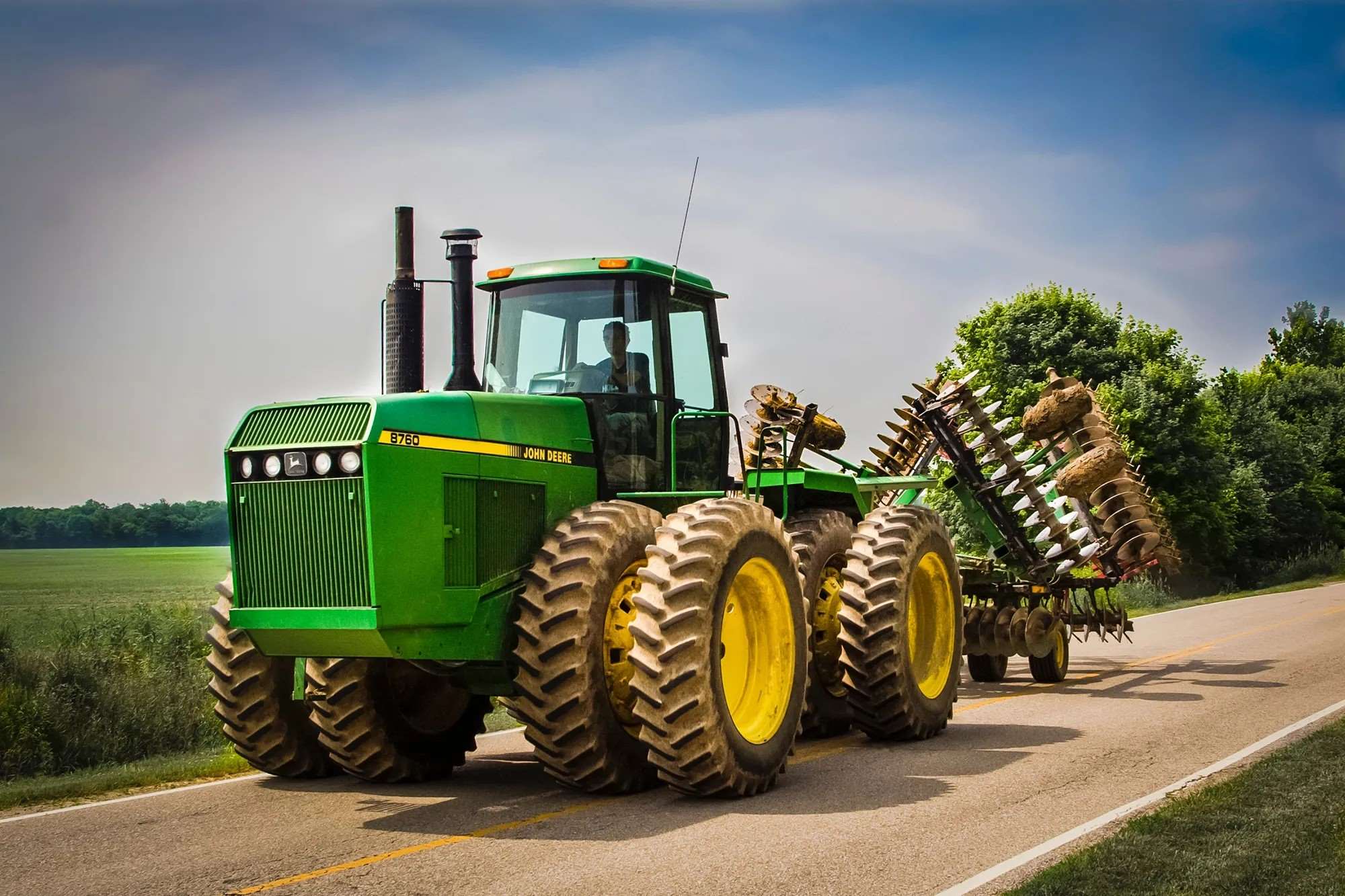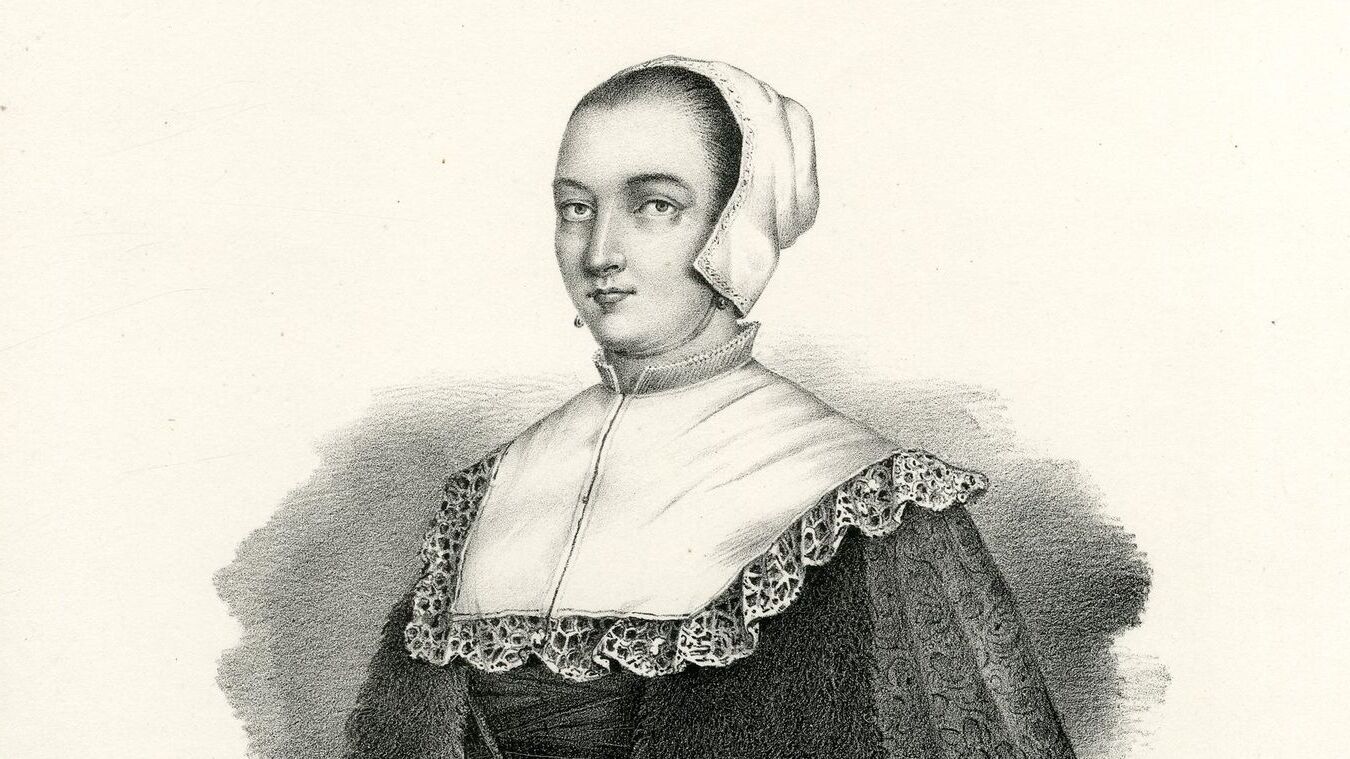
How did a blacksmith's shop in Illinois become a global leader in agricultural and industrial equipment? The story of John Deere is one of innovation, resilience, and growth. Founded in 1837 by John Deere, a determined blacksmith, the company began with a simple yet revolutionary invention: the steel plow. This tool transformed farming in the Midwest, allowing farmers to work more efficiently. Over nearly two centuries, John Deere has expanded its product range, embraced technological advancements, and established a global presence. From producing bicycles and snowmobiles to pioneering GPS technology in farming, John Deere's journey is a testament to its adaptability and commitment to quality.
Key Takeaways:
- John Deere's journey from a small blacksmith shop to a global leader in agricultural and industrial equipment is a story of innovation, perseverance, and community leadership.
- John Deere's legacy spans from revolutionizing farming with the steel plow to expanding its product range to meet diverse market needs, all while maintaining a strong global presence and commitment to quality and performance.
The Humble Beginnings of John Deere
John Deere's journey from a small blacksmith shop to a global leader in agricultural and industrial equipment is a story of innovation and perseverance. Let's dive into the early years of this iconic brand.
- John Deere was founded in 1837 by John Deere, a 33-year-old blacksmith in Grand Detour, Illinois. His first invention, the steel plow, revolutionized farming in the Midwest.
- The steel plow was a game-changer for farmers. Before its invention, farmers had to regularly clean their cast-iron plows, which significantly reduced productivity. The steel plow's design allowed soil to easily slide off the moldboard, increasing overall productivity.
- John Deere was raised by a single mother after his father, a tailor, took a sea voyage to England when John was four years old. He was never heard from again. This challenging upbringing likely influenced his determination and innovative spirit.
- Deere’s first blacksmithing venture was a flop. In 1836, facing bankruptcy, he sold his shop to his father-in-law and headed west. He left behind his pregnant wife and four young children, promising to send for them soon.
- Deere traveled to the edge of the frontier (Grand Detour, IL) and immediately got to work. Within two days of arriving, he built a forge. As the only blacksmith within 40 miles, business boomed. He built a home and sent for his family soon after.
Innovations and Milestones
John Deere's innovative spirit didn't stop with the steel plow. The company continued to push the boundaries of agricultural technology and design.
- Inspiration struck at a sawmill. Deere picked up a broken steel saw blade and started experimenting. He chiseled off the teeth, shaped the blade, and invented “The Plow that Broke the Plains.” This invention marked a significant milestone in agricultural history.
- Deere’s second plow is on display at the Smithsonian Institution. Joseph Brieton, his first customer, held on to the plow for many years until it was re-discovered by John Deere’s son Charles.
- Finding a reliable source of high-quality polished steel was a big holdup for Deere. It took almost 10 years after his initial invention for him to find a reliable source of polished steel, which held back the early expansion efforts of his company.
- Deere quickly realized that transportation (of raw materials in, and completed plows out) would be his biggest struggle. When the railway bypassed the village of Grand Detour, Deere broke away from his existing business partner and moved to Moline, IL – along the Mississippi river and a rail line. His production increased by 600% the following year.
- In 1859, Deere’s 70 employees produced 15,000 plows – all with hand tools and old-fashioned production equipment. This marked a significant milestone in the company’s expansion and growth.
Leadership and Legacy
John Deere's leadership and legacy have left an indelible mark on the agricultural industry.
- John Deere was the mayor of Moline, IL for two years. This civic engagement reflects his commitment to the community and his role as a leader beyond his business ventures.
- John Deere died at home in 1886, at 82 years old. Despite his passing, the Deere company continued to thrive under the leadership of his son and other family members, ensuring his legacy in the agricultural industry.
- During its 175-year history, John Deere has only had 10 corporate leaders across the organization. This stability in leadership has contributed to the company’s enduring success.
- John Deere went international in 1912, beginning with a manufacturing entity in Canada. The company expanded further, establishing plants in Mexico, Germany, Spain, France, Argentina, and South Africa. Today, there are 109 John Deere locations across the globe, with 43 in the U.S. alone.
- Since John Deere manufactured his first plow in 1837, approximately 690 different tractor models have been designed, produced, and sold. This diversity in tractor models reflects the company’s adaptability to changing agricultural needs.
Expanding Horizons
John Deere has continually diversified its product offerings to meet the evolving needs of its customers.
- As of 2024, John Deere employs 83,000 employees internationally. With multiple departments to choose from, there are ample opportunities for career advancement within the company.
- While John Deere is widely known for its production of agricultural equipment, the company has expanded over the past century to meet customer needs across multiple industries. This includes residential mowing, golf and turf, Gators and UTVs, commercial construction, and forestry.
- Since the late 1960s, John Deere’s green and yellow color combination has qualified as a “famous” trademark. This iconic color scheme is recognized globally and is a significant part of the company’s branding.
- A bicycle craze swept the nation in 1894, causing John Deere Company to jump at the opportunity. For the next few years, the Deere Leader, the Deere Roadster, and the Moline Special were manufactured but production stopped when the fad lost steam.
- Throughout the 1970s, John Deere produced their very own snowmobiles, beginning with the Model 400 and Model 500 and ending with the 340 and 440 Trailfire models. Over the course of a decade, John Deere produced almost 250,000 snowmobiles.
Marketing and Design
John Deere's marketing strategies and design innovations have played a crucial role in its success.
- The company’s official slogan “Nothing Runs Like A Deere” originally came from the marketing of its snowmobile range. This slogan reflects the company’s commitment to quality and performance.
- In 1911, John Deere’s third President William Butterworth brought six non-competing farm equipment companies together, laying the groundwork for future acquisitions and expansions.
- Despite the economic hardships during the Great Depression, the company did $100 million in gross sales in 1937 and climbed its way out of its financial troubles.
- In 1938, Henry Dreyfuss worked with John Deere engineers to streamline the Model A and B Tractors, making them more attractive and user-friendly. This focus on design and user comfort was a huge success for John Deere.
- During World War II, John Deere produced ammunition, military tractors, aircraft parts, cargo, and mobile laundry units. The company also formed the John Deere Battalion to service and repair tanks in Belgium and France.
Post-War Growth and Innovations
After World War II, John Deere continued to innovate and grow, solidifying its position as a leader in the industry.
- In 1945, John Deere workers became unionized as collective bargaining gains movement in America. This practice replaced the 105-year practice of dealing with workers individually.
- Following WWII, John Deere continued to place an emphasis on engineering and product development. This catapulted the company to the top 100 businesses in America by 1955.
- John Deere started producing diesel engines in 1949. The first engine produced 51 HP and featured the first power take-off (PTO) with its own clutch, installed in the Model R tractor.
- In 1956, John Deere expanded for the first time outside of the United States by purchasing a small tractor assembly plant in Mexico. This marked the beginning of a global expansion strategy that would see the company establish plants in multiple countries.
- The horsepower range for John Deere engines ranges from 50 to 600 HP, catering to a diverse range of applications from agriculture to construction.
Global Reach and Modern Innovations
John Deere's global reach and modern innovations continue to shape the agricultural and industrial landscape.
- There are more than 4,500 John Deere dealership locations worldwide, providing extensive support and service to customers globally.
- John Deere entered the consumer market by manufacturing lawn and garden tractors in 1963. By 1993, lawn and garden equipment sales topped $1 billion in sales for the company.
- The John Deere 300 Series was the first ever diesel-powered lawn mower introduced in 1986. This innovation further solidified John Deere’s position in the lawn and garden equipment market.
- Some of the largest diesel engines John Deere produces currently are in the 9R/9RT/9RX Series of Tractors, averaging roughly 570 HP. These engines are designed for various applications including agriculture, marine, forestry, and construction.
- John Deere engines are manufactured in five different plants worldwide: Waterloo (USA), Torreon (Mexico), Saran (France), Rosario (Argentina), and Pune (India).
Diverse Applications and Market Presence
John Deere's products serve a wide range of applications, making it a versatile and essential brand in various industries.
- John Deere has been producing marine engines for more than 35 years, ranging from 80 to 750 HP. These engines are used in various marine applications including boats and ships.
- John Deere’s entry into the consumer market with lawn and garden tractors marked a significant shift in the company’s focus. By 2016, John Deere was the largest manufacturer of lawn and garden machinery.
- John Deere was one of the earliest developers and adopters of GPS and auto steer technology. Additionally, it published The Furrow, an agricultural journal that was believed to be the first content marketing publication in the world. The magazine attracted up to 500,000 readers by 1907 and is still published today in 14 languages across 115 countries.
- John Deere has been using its trademarked leaping deer logo since 1876. This iconic logo is recognized globally and is a significant part of the company’s branding.
- John Deere has a long history of innovation and adaptation. From producing bicycles in the late 19th century to snowmobiles in the 1970s, the company has consistently evolved to meet changing market demands.
Contributions to Military and Labor Movements
John Deere's contributions extend beyond agriculture, impacting military efforts and labor movements.
- During World War II, John Deere formed its own battalion to service and repair tanks in Belgium and France. The company also produced military tractors, ammunition, aircraft parts, cargo, and mobile laundry units.
- The unionization of John Deere workers in 1945 marked a significant shift in labor practices. This collective bargaining approach replaced individual negotiations and improved working conditions for employees.
- Following World War II, John Deere continued to grow and expand its operations. The company’s emphasis on engineering and product development led to significant advancements in agricultural equipment.
- The introduction of diesel engines in 1949 marked a major innovation for John Deere. The first engine produced 51 HP and featured a power take-off (PTO) with its own clutch, installed in the Model R tractor.
- John Deere’s expansion outside the United States began in 1956 with the purchase of a small tractor assembly plant in Mexico. This strategic move paved the way for further global expansion.
Diverse Product Range and Global Network
John Deere's diverse product range and extensive global network ensure its continued relevance and success.
- The horsepower range for John Deere engines spans from 50 to 600 HP, catering to diverse applications from agriculture to construction. This range reflects the company’s adaptability to various market needs.
- With over 4,500 dealership locations worldwide, John Deere provides extensive support and service to customers globally. This extensive network ensures that customers have access to reliable service and support.
- By 1993, lawn and garden equipment sales topped $1 billion for John Deere. The introduction of diesel-powered lawn mowers in 1986 further solidified the company’s position in this market segment.
- Some of the largest diesel engines produced by John Deere are in the 9R/9RT/9RX Series of Tractors, averaging roughly 570 HP. These engines are designed for various applications including agriculture, marine, forestry, and construction.
- John Deere engines are manufactured in five different plants worldwide: Waterloo (USA), Torreon (Mexico), Saran (France), Rosario (Argentina), and Pune (India). This global manufacturing presence ensures that the company can meet diverse market demands efficiently.
John Deere's Legacy of Innovation
John Deere's journey from a small blacksmith shop to a global leader in agricultural and industrial equipment is truly remarkable. Founded in 1837 by John Deere, the company revolutionized farming with the invention of the steel plow. Over the years, Deere's commitment to innovation and quality has led to the development of approximately 690 different tractor models and a diverse range of products, including lawn and garden equipment, marine engines, and even snowmobiles. The iconic green and yellow color scheme, along with the leaping deer logo, has become synonymous with reliability and excellence. With a strong global presence, over 4,500 dealership locations, and a workforce of 83,000 employees, John Deere continues to shape the future of agriculture and industry. The company's rich history and dedication to meeting customer needs ensure its legacy will endure for generations to come.
Frequently Asked Questions
Was this page helpful?
Our commitment to delivering trustworthy and engaging content is at the heart of what we do. Each fact on our site is contributed by real users like you, bringing a wealth of diverse insights and information. To ensure the highest standards of accuracy and reliability, our dedicated editors meticulously review each submission. This process guarantees that the facts we share are not only fascinating but also credible. Trust in our commitment to quality and authenticity as you explore and learn with us.


